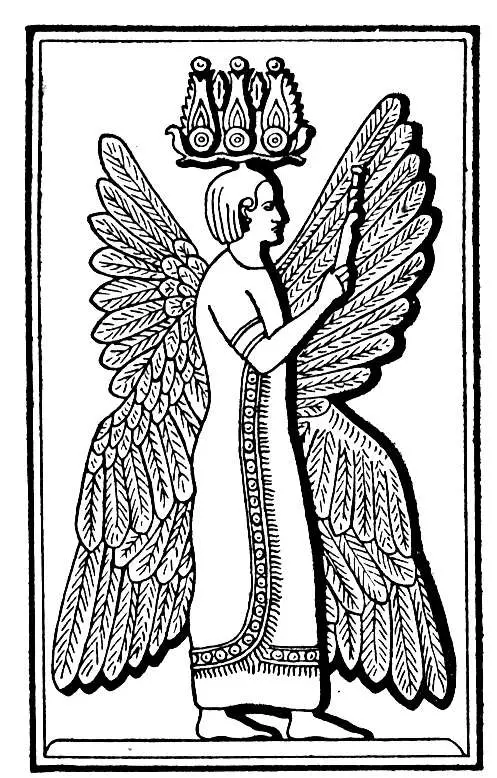Cyrus the Great
The early years
- Cyrus the Great who is also known as Cyrus II was born between 600 and 575 BC and lived in Persia. His father was Cambyses I, King of Anshan, a small state which was located in what is now Iran. His grandfather was also king of Anshan. Cyrus became king in 559 BC several years after the death of his father.
- After gaining power, Cyrus was confronted with a number of warring tribes that were located in the region. The Medes were his main rivals in the area and, at first, Cyrus had to bow to the authority of the Median King.


Cyrus’s first victory
- Cyrus did not have to live under Median rule much longer as their military leader Harpagus abandoned his tribe and helped Cyrus defeat the Median army in 549 BC. The Persians and Medes were united under a new Persian Empire; Cyrus became King of Persia.
- Cyrus moved quickly to expand his new empire and he had the Lydian Empire and Asia Minor in his sights. Lydia was a part of Asia Minor (present-day Turkey) and was rich in natural resources. This conquest was not an easy one. The battles led to heavy losses for Cyrus and his opponent Croesus.
- Cyrus’s army eventually pushed the enemy back to the city of Sardis. They laid siege to the capital and defeated Lydian forces at the battle of Thymbra. Cyrus’s Persian Empire was already very impressive.

Neo-Babylonian conquest
- Cyrus the Great’s next conquest was the Neo-Babylonian Empire. This included several other small states, such as Syria, Judea and other Arab regions.
- The victory over Babylon seems to have taken place around 539 BC. Now Cyrus was king of all the regions in Mesopotamia.

The Persian Empire
- The Persian Empire is also called the Achaemenid Empire which comes from the name of an old Persian King called Achaemenid.
- Cyrus the Great did not stop at Babylon. The Persian Empire reached as far as the Indus River valley to the north of today’s India to the edge of Greece in the west.
- Cyrus wanted to go as far as Egypt but he died before he could achieve this conquest. His son, Cambyses, took up this challenge by attacking and destroying the Egyptian army in 525 BC.

A different sort of leader
- While Cyrus the Great’s army could be as ruthless as any other, his conquests were very different to those of other empires, such as the Assyrian Empire. After defeating his enemy, he did not seek to torture or deport people. Instead he tried to get their support by persuading them that he was there to free them from misery.
- He also followed up his words with action. Babylon held 40,000 Jewish slaves captive. In 539 BC Cyrus released them so that they could return to Palestine.
- Cyrus showed respect to different tribes and peoples who remained under his rule. In Babylon, Cyrus told the people that if they followed the rules by working and paying their tax, he would give them the freedom to live according to their own beliefs and customs.

The Cyrus Cylinder
- Cyrus’s tolerant approach is recorded on the “Cyrus Cylinder”, which is a long, clay cylindrical object that contains details of the Babylonian conquest, as well as decisions aimed at making life better for the people of the city.
- The Cyrus Cylinder is now regarded as an early attempt to establish basic human rights through its statements on racial, linguistic, and religious equality. It allowed for all deported peoples to return to their homelands and it required that temples that had been destroyed be restored or rebuilt.
- Cyrus died in around 530 BC. We still don’t know why he died; it may have been in battle or in his palace.

Pasargadae
- Cyrus was also responsible for the development of the capital city of the Persian Empire, Pasargadae and it provides interesting examples of royal Persian architecture.
- It established the Persian style of building palaces within a series of four gardens, divided by waterways and pathways. This became a model design that was repeated all over the empire.

Death of Cyrus
- Cyrus the Great died in battle around 530 BC and was succeeded by his son Cambyses II. After his son, the empire was less stable than it had been under his father.
- Cyrus was buried in a tomb in Pasargadae which can now be found in Iran.



